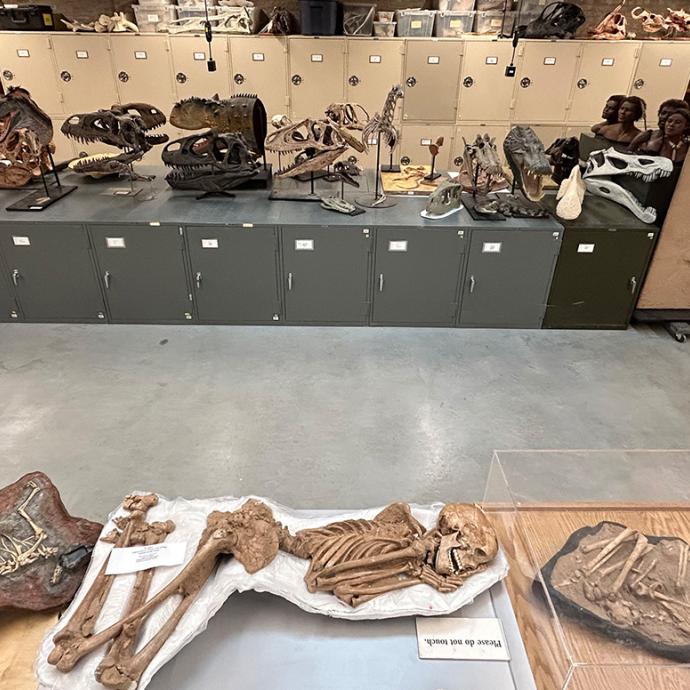University of Chicago PhD student Jason Torres has ambitious career plans, but they’re tempered by concerns about the future of biomedical research in America.
“I’ve worked really hard to get this far,” Torres told U.S. Sen. Dick Durbin, D-Ill., who visited the University of Chicago Medicine campus Aug. 11 to discuss the impact of federal funding cuts on biomedical research. “I don’t want to spend the rest of my life begging for funding.”
Durbin has been concerned about the steady erosion of America’s leadership role in biomedical research, prompting the sponsorship of the American Cures Act, which seeks $150 billion over 10 years to support research leading to improved treatment of disease and better quality of life for Americans. The bill is designed to boost biomedical research funding not just at the National Institutes of Health, but also the Centers for Disease Control and Prevention, health programs at the Department of Defense and the Veterans Administration’s Medical & Prosthetics Research Program.
The measure, introduced in March, would increase annual funding every year for each agency and program to account for inflation—plus 5 percent.
“It’s the smartest investment we can make,” said Durbin, who held a roundtable discussion with seven UChicago researchers, moderated by Kenneth Polonsky, dean of the Biological Sciences Division and the Pritzker School of Medicine and executive vice president for medical affairs at the University of Chicago. “It will pay for itself.”
After the roundtable, Durbin gave a speech to the more than 150 people who packed the auditorium at the Knapp Center for Biomedical Discovery about the nation’s research budget, which has been, at best, stagnant. The approval percentage of U.S. grant proposals plummeted from 33 percent to 13 percent. At the University, the total number of NIH-supported grants fell 39 percent between 2008 and 2014.
The decrease comes as other countries are placing a priority on their research investments. Within six years, China’s investment in research will surpass that of the United States. Durbin cited a recent survey that found 20 percent of U.S. scientists had considered leaving the country because of uncertainty about funding.
The cuts have been particularly hard on young scientists. In 1982, Durbin said, 18 percent of grant money went to investigators under age 40. That figure now is just 3 percent.
Marcus Clark, director of the University’s Master of Science Training Program, said physician-scientists could become an endangered species. There are 980,000 physicians in the United States, but only 13,700 of them, about 1.4 percent, “are directly engaged in doing science,” he said.
Such federal penny-pinching has not paid off, Durbin insisted. The government spent $14.5 billion on the Human Genome Project, for example, which eventually resulted in more than $11 trillion in new investments. “That’s a payoff,” he said, “of 150 to 1.”
Victoria Prince, professor of organismal biology and anatomy and dean of graduate affairs, told Durbin of her excitement when she came from England to the United States 20 years ago as a young scientist for the “fantastic opportunity to do cutting-edge research.”
Her current work on the development of the pancreas could someday lead to a renewable source of insulin-making beta cells, a boon for people with diabetes. But she described her struggles to renew her grant support, which is soon to expire. Unless she can secure funding quickly, Prince said, she will have to cut staff, including an experienced, irreplaceable research associate who trained in her lab.
Torres, who just turned 30, studies genes that can increase risk of diabetes in Latinos. He began the research because he wanted to make a difference.
“I am really interested in this work,” he told Durbin during the roundtable. “I want to help the disadvantaged. But it has been a struggle to get the chance to do so.”
Despite the difficulties, this career path still brings innumerable rewards, panelists said.
“I think we are inspired by extreme curiosity,” said panel member Vaibhav Upadhyay, a medical and postdoctoral student at the University. “We do really exciting things in the lab.”
At 29, after four years of college, four years in a PhD program and nearing the end of four years of medical school, Upadhyay has latched onto “something that I really love to do.” He studies the gut microbiome, the collection of bacteria that play significant roles in digestion, metabolism and obesity. But he has another eight years of advanced training left, including a residency and a postdoctoral fellowship. And funding for the project he has been working on with his mentor for the past five years is still in doubt.
Between his 45-minute meeting with the seven scholars—a group that included Erin Adams, Melissa Gilliam, and Monica Peek—and his speech to a packed hall of physician-scientists, the senator decided to squeeze in an impromptu tour of the research laboratory that was run, until last fall, by the late Janet Rowley.
Rowley earned respect and countless honors for her discoveries about cancer. But her career began humbly, with part-time clinical and research projects. When she asked her dean for a research job in the early 1950s her demands were meager: she needed a desk, a microscope and enough salary to pay for day care. He agreed. Ten years later, she made a discovery that radically altered our understanding of cancer.
But now, Durbin asked, “how many Janet Rowleys is America losing?”
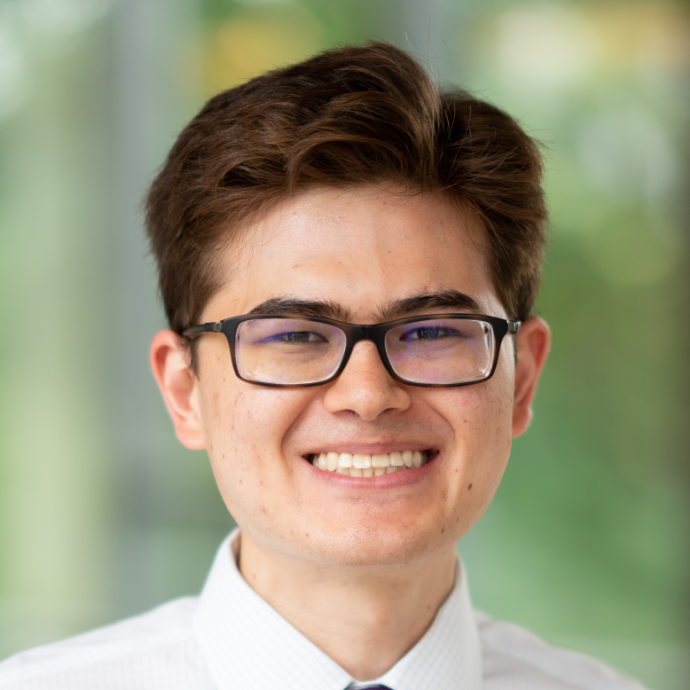
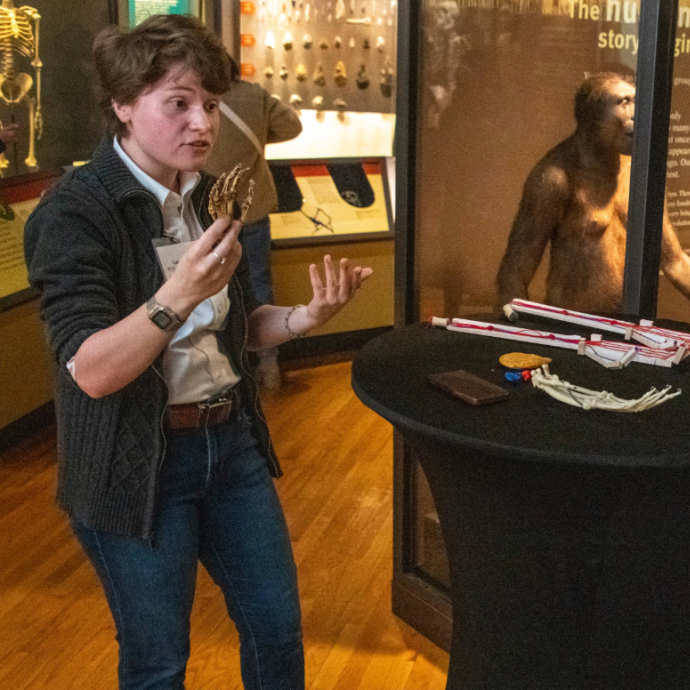
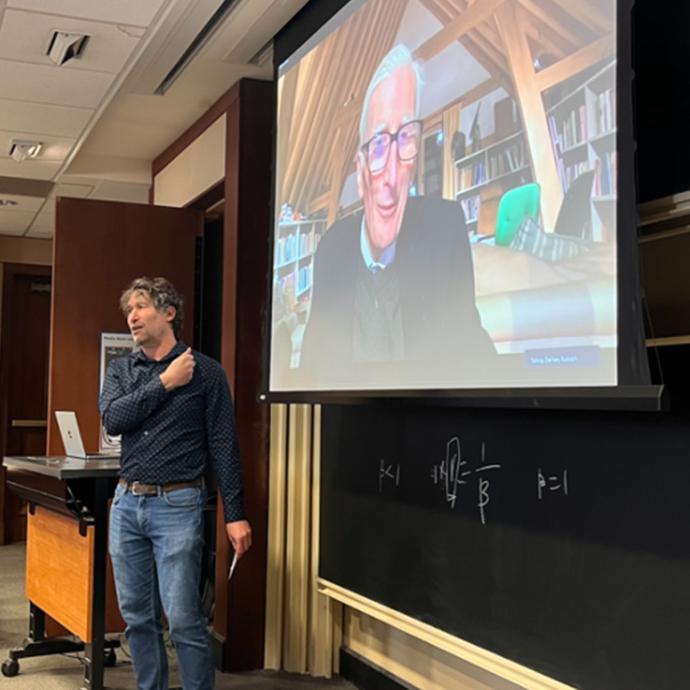
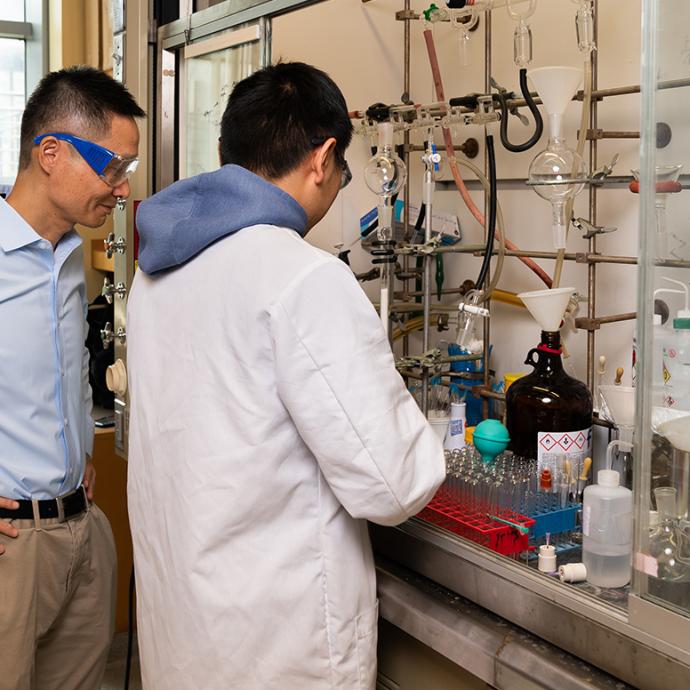

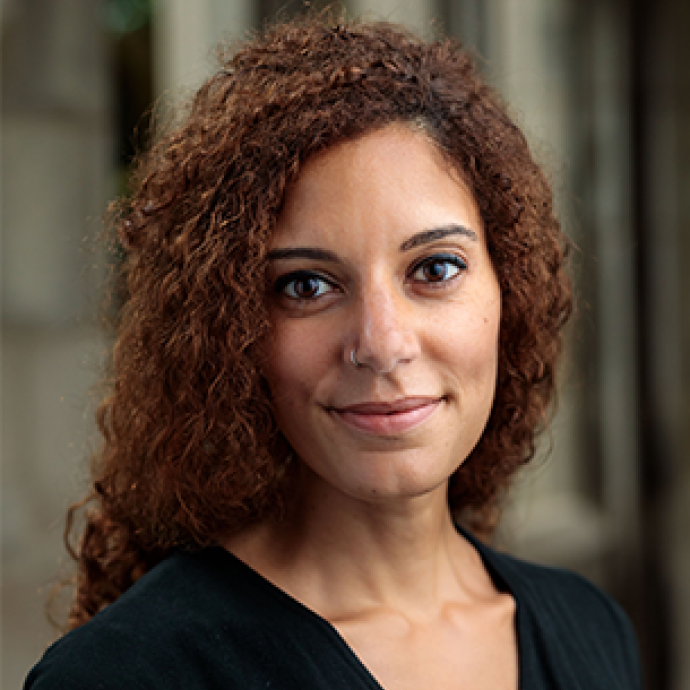

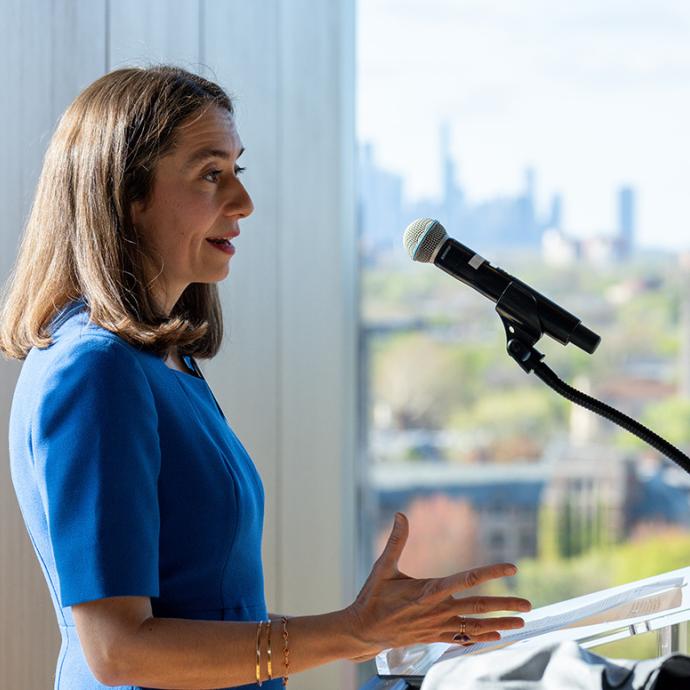

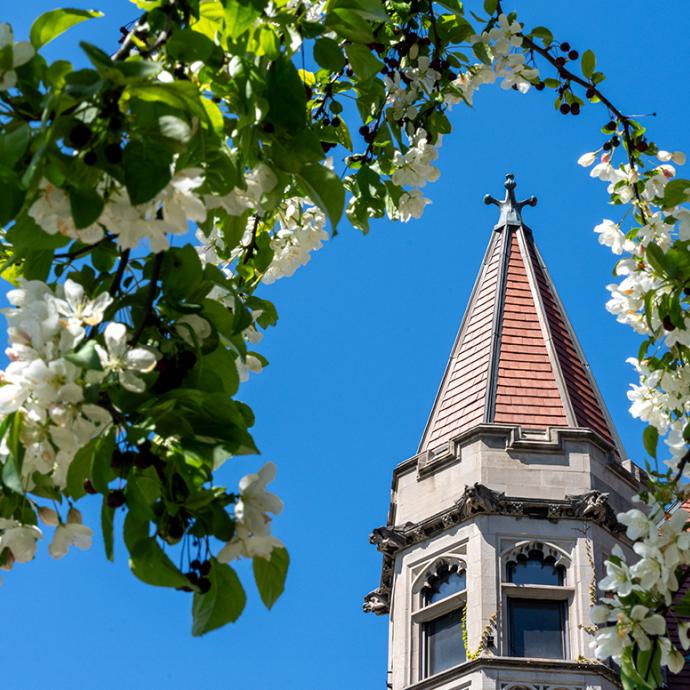
 —Prof. Chuan He
—Prof. Chuan He
